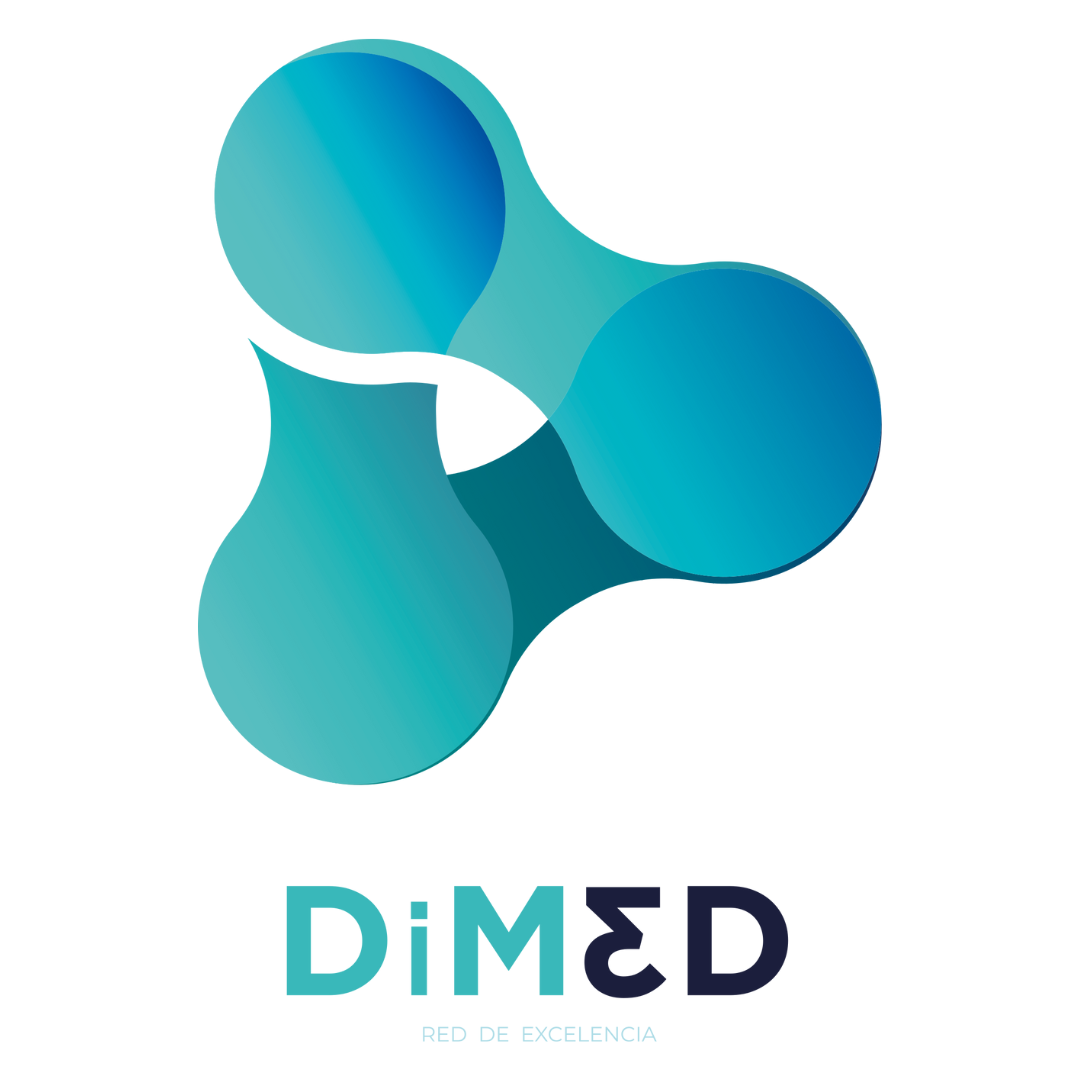DIMεD: Network of excellence in state-of-the-art personalised invasive medical devices
DIMεD

Additive manufacturing encompasses a set of technologies that have in common the ability to convert a digital model (3D CAD) into a solid three-dimensional object by means of layer-by-layer deposition of material. This situation brings with it the potential for total freedom in terms of the design of the final product to be developed and, with it, the emergence of the concept of customisation intrinsic to the technology.
Challenges
Thus, additive manufacturing is the key to progress in the generation of personalised medical devices. However, despite the advances in manufacturing flows, and the availability of widely developed and integrated technologies in our society, the creation of personalised invasive medical devices from 3D printing technologies still presents a series of challenges and challenges mainly focused on the formulation of materials, manufacturing protocols, regulation and standardisation, improvement of the cost/benefit ratio and staff training.
Overall objective
The DiMεD Network seeks to strengthen the capabilities of the cluster's member technology centres in the development of state-of-the-art personalised invasive medical devices, generating high-level knowledge that allows the Centres not only to increase their benchmarking position, but also to enhance collaboration with key agents in the health sector, (public and private) essential to jointly advance in this field.
Role of Vicomtech
On the one hand, Vicomtech contributes to the project in the generation of new technologies to improve the pre-processing (e.g., generation of 3D bioprinting trajectories, simulation-assisted design), processing (optimisation of process parameters) and post-processing (e.g. characterisation of dimensional stability) stages of the models to be manufactured.
On the other hand, work will also focus on the development of technologies for the improvement of planning processes (e.g. by generating digital twins) and surgical navigation (e.g. by integrating augmented reality visualisations, robotics and real-time sensing) for the implantation of invasive devices.

Looking for support for your next project? Contact us, we are looking forward to helping you.







